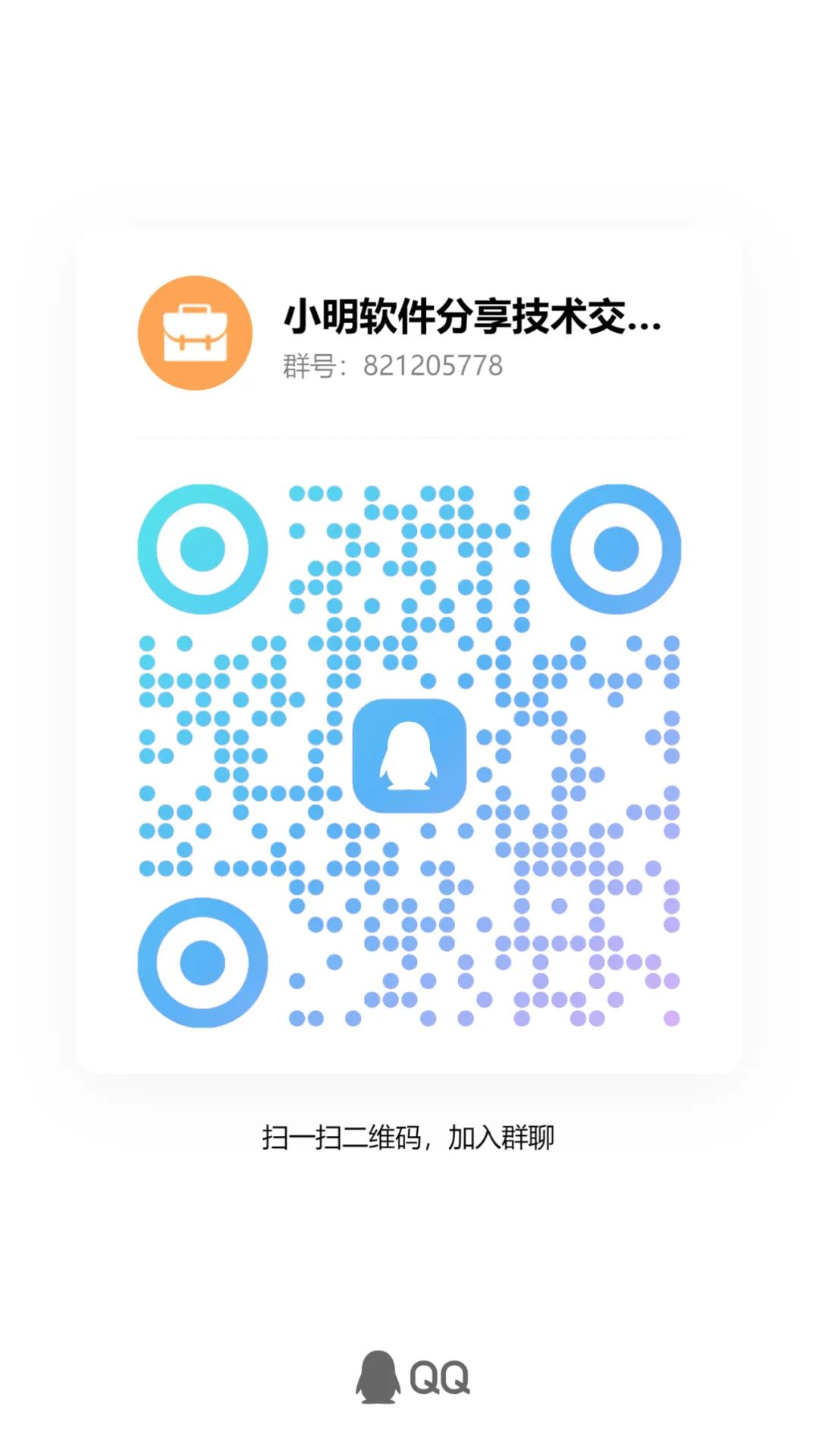springboot+mybatis集成自定义缓存ehcache用法笔记

今天小编给大家整理了springboot+mybatis集成自定义缓存ehcache用法笔记,希望对大家能有所办帮助!
一、ehcache介绍
EhCache 是一个纯Java的进程内缓存管理框架,属于开源的Java分布式缓存框架,主要用于通用缓存,Java EE和轻量级容器。
1、特点
1. 简单、快速
3. 提供多种缓存策略
4. 缓存数据可分两级:内存和磁盘
5. 缓存数据会在服务器重启的过程中重新写入磁盘
6. 可以通过RMI、可插入API等方式进行分布式缓存
7. 具有缓存和缓存管理器的侦听接口
8. 支持多缓存管理器实例,以及一个实例的多个缓存区域
9. 提供了Hibernate的缓存实现
2、应用场景
单应用或对缓存访问性能要求很高的应用
适合简单共享
适合缓存内容不大的场景,比如MyBatis自定义缓存、系统配置信息、页面缓存。
二、springboot+mybatis集成ehcache步骤
Spring Boot 的缓存机制
高速缓存抽象不提供实际存储,并且依赖于由org.springframework.cache.Cache和org.springframework.cache.CacheManager接口实现的抽象。 Spring Boot根据实现自动配置合适的CacheManager,只要缓存支持通过@EnableCaching注解启用即可。
1、添加ehcache.xml配置文件
<?xml version="1.0" encoding="UTF-8"?>
<ehcache xmlns:xsi="http://www.w3.org/2001/XMLSchema-instance"
xsi:noNamespaceSchemaLocation="http://ehcache.org/ehcache.xsd">
<diskStore path="java.io.tmpdir" />
<!-- 配置提供者 1、peerDiscovery,提供者方式,有两种方式:自动发现(automatic)、手动配置(manual) 2、rmiUrls,手动方式时提供者的地址,多个的话用|隔开 -->
<cacheManagerPeerProviderFactory
class="net.sf.ehcache.distribution.RMICacheManagerPeerProviderFactory"
properties="peerDiscovery=manual,rmiUrls=//127.0.0.1:40002/userCache" />
<!-- <cacheManagerPeerProviderFactory
class="net.sf.ehcache.distribution.RMICacheManagerPeerProviderFactory"
properties="peerDiscovery=automatic, multicastGroupAddress=230.0.0.1, multicastGroupPort=4446,timeToLive=255"/>
-->
<!-- 配置监听器 1、hostName 主机地址 2、port 端口 3、socketTimeoutMillis socket子模块的超时时间,默认是2000ms -->
<cacheManagerPeerListenerFactory
class="net.sf.ehcache.distribution.RMICacheManagerPeerListenerFactory"
properties="hostName=127.0.0.1, port=40001, socketTimeoutMillis=2000" />
<!-- <cacheManagerPeerListenerFactory
class="net.sf.ehcache.distribution.RMICacheManagerPeerListenerFactory"/> -->
<defaultCache eternal="false" maxElementsInMemory="1000"
overflowToDisk="false" diskPersistent="false" timeToIdleSeconds="0"
timeToLiveSeconds="600" memoryStoreEvictionPolicy="LRU" />
<cache
name="userCache"
maxElementsInMemory="1000"
eternal="false"
timeToIdleSeconds="300"
timeToLiveSeconds="300"
overflowToDisk="false"
memoryStoreEvictionPolicy="LRU">
<!-- 配置缓存事件监听器 replicateAsynchronously 操作是否异步,默认值为true. replicatePuts 添加操作是否同步到集群内的其他缓存,默认为true.
replicateUpdates 更新操作是否同步到集群内的其他缓存,默认为true. replicateUpdatesViaCopy 更新之后的对象是否复制到集群中的其他缓存(true);
replicateRemovals 删除操作是否同步到集群内的其他缓存,默认为true. -->
<cacheEventListenerFactory
class="net.sf.ehcache.distribution.RMICacheReplicatorFactory"
properties="
replicateAsynchronously=true,
replicatePuts=true,
replicateUpdates=true,
replicateUpdatesViaCopy=true,
replicateRemovals=true " />
<!-- 初始化缓存,以及自动设置 -->
<bootstrapCacheLoaderFactory
class="net.sf.ehcache.distribution.RMIBootstrapCacheLoaderFactory"
properties="bootstrapAsynchronously=true" />
</cache>
</ehcache>2、配置 application.properyies
#cache 配置cache
spring.cache.cache-names=userCache
spring.cache.jcache.config=classpath:ehcache.xml3、springboot启动类增加注解@EnableCaching
@SpringBootApplication
@ComponentScan(basePackages="com.ehcache")//扫描组件
@EnableCaching
public class EhcacheTestApplication {
public static void main(String[] args) {
SpringApplication.run(EhcacheTestApplication.class, args);
}
}4、UserInfoService.java 文件增加缓存注解
@Service
public class UserInfoService {
@Autowired
private UserDao userDao;
@CacheEvict(key="'user_'+#uid", value="userCache")
public void del(String uid) {
userDao.del(uid);
}
@CachePut(key="'user_'+#user.id", value="userCache")
public void update(User user) {
userDao.update(user);
}
@Cacheable(key="'user_'+#id",value="userCache")
public User getUserById(String id){
return userDao.findById(id); }
@CacheEvict(key="'user'",value="userCache")
public String save(User user) {
return userDao.save(user);
}
}5、增加测试控制器TestController.java
package com.ehcache.controller;
import java.util.ArrayList;
import java.util.HashMap;
import java.util.List;
import java.util.Map;
import javax.servlet.http.HttpServletRequest;
import org.springframework.beans.factory.annotation.Autowired;
import org.springframework.cache.annotation.CachePut;
import org.springframework.cache.annotation.Cacheable;
import org.springframework.web.bind.annotation.RequestMapping;
import org.springframework.web.bind.annotation.RequestMethod;
import org.springframework.web.bind.annotation.RequestParam;
import org.springframework.web.bind.annotation.ResponseBody;
import org.springframework.web.bind.annotation.RestController;
import com.ehcache.entity.User;
import com.ehcache.factory.CacheManagerFactory;
import com.ehcache.factory.UserFactory;
import com.ehcache.service.UserService;
import com.google.gson.Gson;
import net.sf.ehcache.Element;
@RestController
@RequestMapping("/CacheTest")
public class CacheTestController {
@Autowired
private UserService userService;
Gson gson = new Gson();
CacheManagerFactory cmf = CacheManagerFactory.getInstance();
@RequestMapping(value = "/test", method = RequestMethod.GET)
public String test(HttpServletRequest request){
// 新增新用户
String id = userService.save(UserFactory.createUser());
User user = userService.getUserById(id);
user.setUsername("小明");
userService.update(user);
// 查询该用户
System.out.println(gson.toJson(user, User.class));
System.out.println();
// 再查询该用户
User user = userService.getUserById(uid);
System.out.println(gson.toJson(user, User.class));
System.out.println();
// 更新该用户
userService.update(user);
// 更新成功后再查询该用户 System.out.println(gson.toJson(userService.getUserById(id), User.class));
System.out.println();
// 删除该用户
userService.del(id);
System.out.println();
// 删除后再查询该用户 System.out.println(gson.toJson(userService.getUserById(id), User.class));
return id;
}
}IT技术分享社区
个人博客网站:https://programmerblog.xyz

文章推荐程序员效率:画流程图常用的工具程序员效率:整理常用的在线笔记软件远程办公:常用的远程协助软件,你都知道吗?51单片机程序下载、ISP及串口基础知识硬件:断路器、接触器、继电器基础知识
作者:天使不哭
微信号:hgmyzhl
微信公众号:小明互联网技术分享社区
CSDN:IT技术分享社区
知乎:IT技术分享社区
出处:小明互联网技术分享社区
本文版权归作者和博客园共有,欢迎转载,但未经作者同意必须保留此段声明,且在文章页面明显位置给出原文连接,否则保留追究法律责任的权利.






【推荐】国内首个AI IDE,深度理解中文开发场景,立即下载体验Trae
【推荐】编程新体验,更懂你的AI,立即体验豆包MarsCode编程助手
【推荐】抖音旗下AI助手豆包,你的智能百科全书,全免费不限次数
【推荐】轻量又高性能的 SSH 工具 IShell:AI 加持,快人一步
· 全程不用写代码,我用AI程序员写了一个飞机大战
· DeepSeek 开源周回顾「GitHub 热点速览」
· 记一次.NET内存居高不下排查解决与启示
· MongoDB 8.0这个新功能碉堡了,比商业数据库还牛
· .NET10 - 预览版1新功能体验(一)
2020-09-25 计算机系统基础:校验码知识笔记
2019-09-25 计算机网络基础知识总结
2019-09-25 计算机网络基础知识总结
2018-09-25 Http与WWW服务精解
2018-09-25 Http与WWW服务精解
2018-09-25 Http与WWW服务精解